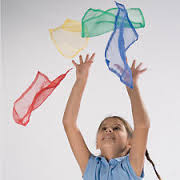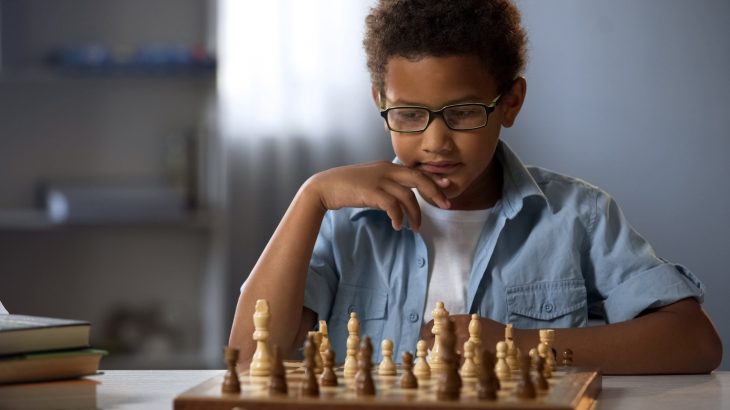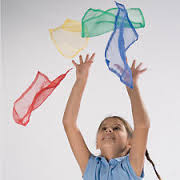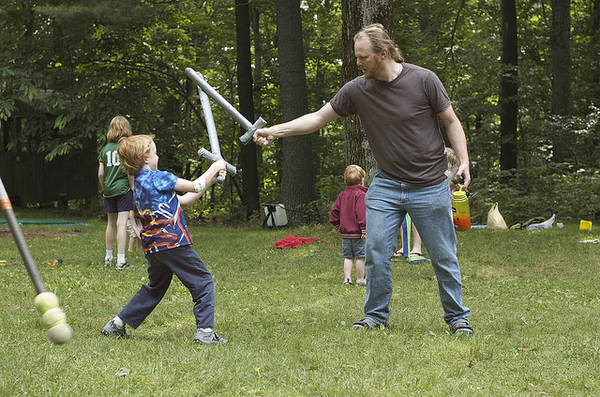
Indoor Fun When the weather outside is less than perfect, keeping your kids entertained and educated inside can seem like a daunting task. However, there are plenty of stimulating indoor fun activities that keep your children busy and enhance their learning skills, especially for those with dyslexia. These activities are designed to ensure that your […]




